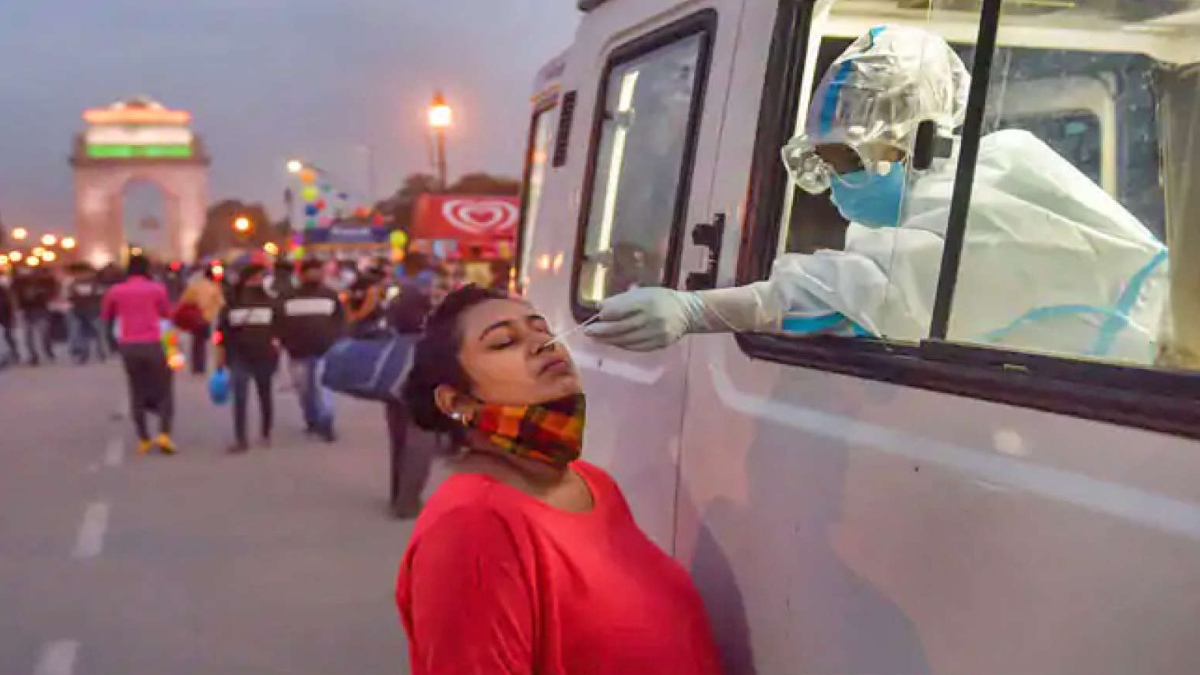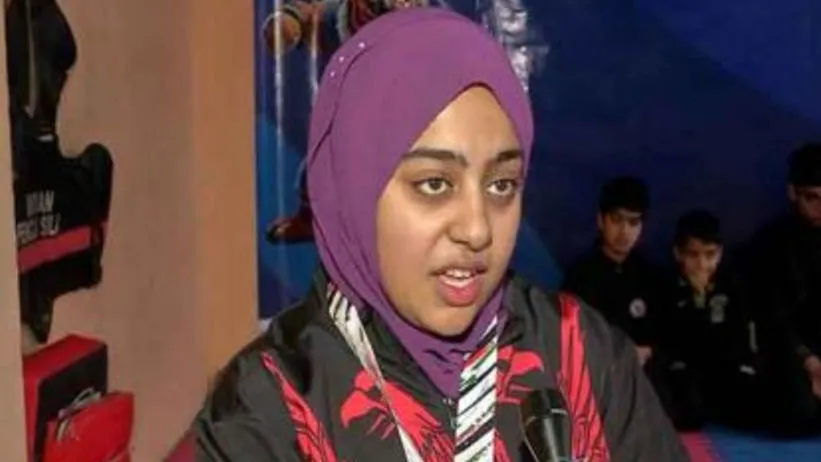Now that India is in the middle of a second wave of coronavirus, with the number of daily cases rising exponentially, particularly in Maharashtra, the Centre has issued a stark warning about the next four weeks being “very, very critical”. The infection is spreading more rapidly than it did earlier, even though the rate of infection in terms of population continues to be low, as it was when India witnessed the first wave. Amid this, reports of restrictions are coming, including weekend lockdowns being imposed in Maharashtra. But as we witnessed during the prolonged lockdown last year, any shutdown can cause economic havoc. India is yet to recover from the body blow that its economy received last year. Lives and livelihoods were badly disrupted, and continue to be so in sectors such as travel, tourism and aviation. So asking business establishments to down shutters just when the economy is showing signs of recovery and trade is picking up is not the best way to tackle the virus. No wonder traders in Mumbai are refusing to comply with the state government’s orderia. Another possibility of migrant labour being forced to return home is also looming in the horizon. This is completely avoidable. In fact it is not at all clear why a night curfew has been imposed in Delhi by the government of the union territory. What will such a curfew achieve except for giving the police some respite when it comes to controlling the law and order situation at night?
It is becoming increasingly apparent that this virus is likely to come back in waves and may continue for some time if not years before it settles down and we achieve herd immunity. Hence, the need of the hour is to learn to live with it—not by behaving as if there is no tomorrow, but by maintaining strict Covid protocols. So masking up and maintaining social distancing are norms that will have to be followed rigorously. It’s easier said than done, considering this is election season and high voltage campaigning has been going on in certain states, and will in fact continue in Bengal until the end of this month. But surprisingly, the maximum numbers are coming from states, except for Tamil Nadu, that have zero electioneering activity. Maharashtra Chhattisgarh, Karnataka, Uttar Pradesh, Delhi, Tamil Nadu, Madhya Pradesh and Punjab account for over 80% of the cases. Of these, Maharashtra alone has 55% of the total cases in the country. So where are these states going wrong? Considering the number of celebrities in Mumbai suddenly getting Covid, there is some speculation if Mumbai’s high-flying night life is contributing to the surge. Perhaps a socio-economic breakdown of people getting Covid will throw some light on why Maharashtra is witnessing this uncontrolled spread. Currently, it’s a mystery.
Media reports suggest that the Central government had told the Maharashtra government that weekend lockdowns had proved to be a failure to break the chain of infection, and hence the state should focus on a strict containment strategy. But the lockdown was imposed apparently to force compliance. However, the country may have to pay a heavy price for this, not only because of economic disruptions caused by the lockdowns, but also because some migrant labourers leaving Maharashtra may take the “new variant” of the virus to the rest of the country.
As for the demand that vaccination should be opened for all, it may prove to be a logistical nightmare if that happens, not just because of any possible shortage in the availability of the vaccines, but also the possibility of hospitals and health centres getting swamped. So the present focus should be on maximum coverage of the 45+ population, for which ongoing awareness campaigns need to be enhanced, including possible door-to-door visits by health workers.
However, there is a downside to vaccination too. Vaccination reduces and does not eliminate the risk of getting the infection. Hence arises the need for therapeutics. In the last one year, scientists and doctors have gained considerable understanding of the virus, in spite of its tendency to mutate into several variants, and how to treat it with medicines. This route should also be pursued aggressively.
Finally, without socially responsible behaviour on the part of the people, no government can cope with this virus. So it’s upon us to mask up, maintain social distancing, wash hands and for those above 45 to get vaccinated immediately. It’s time to be responsible citizens.























